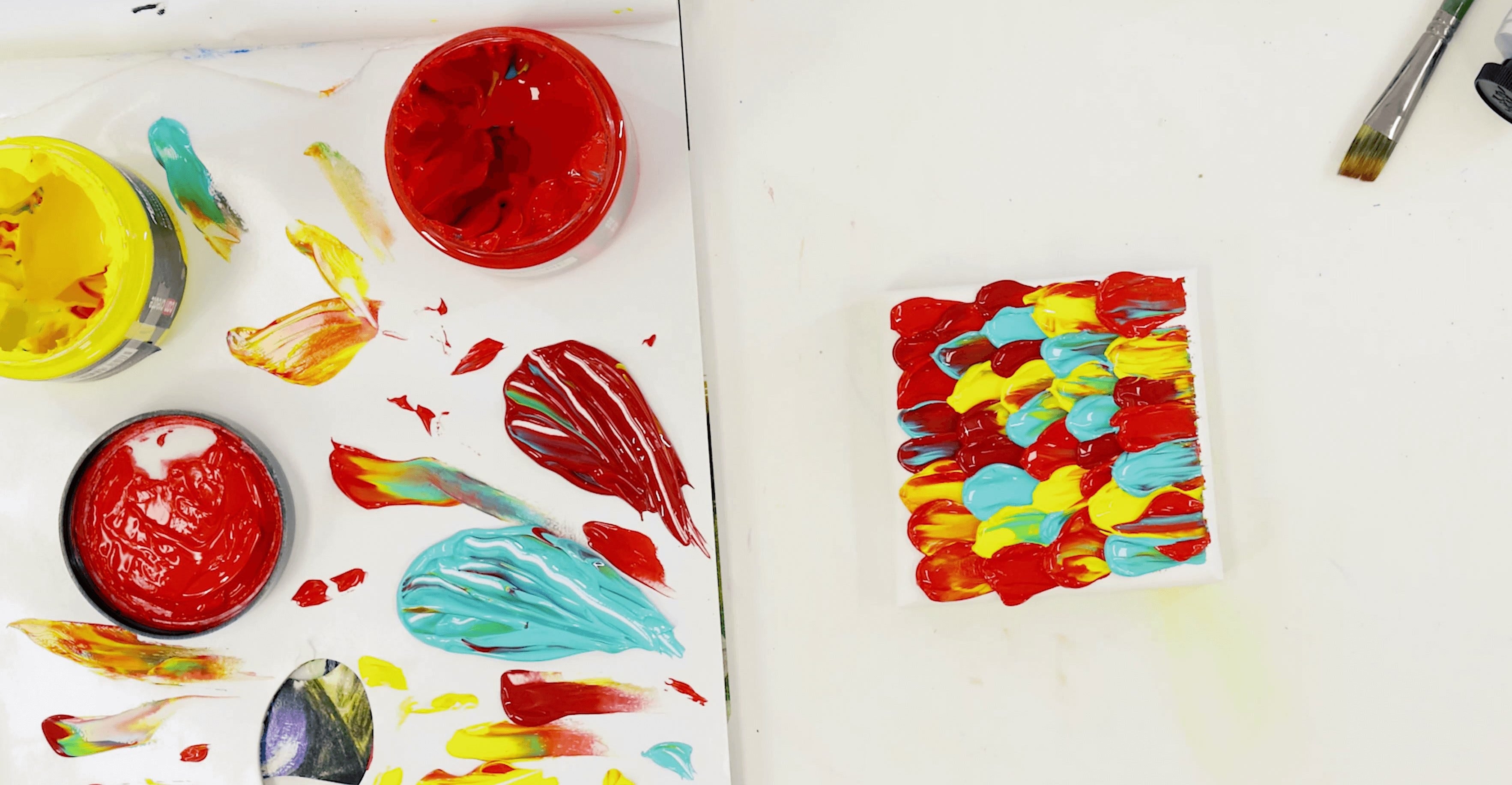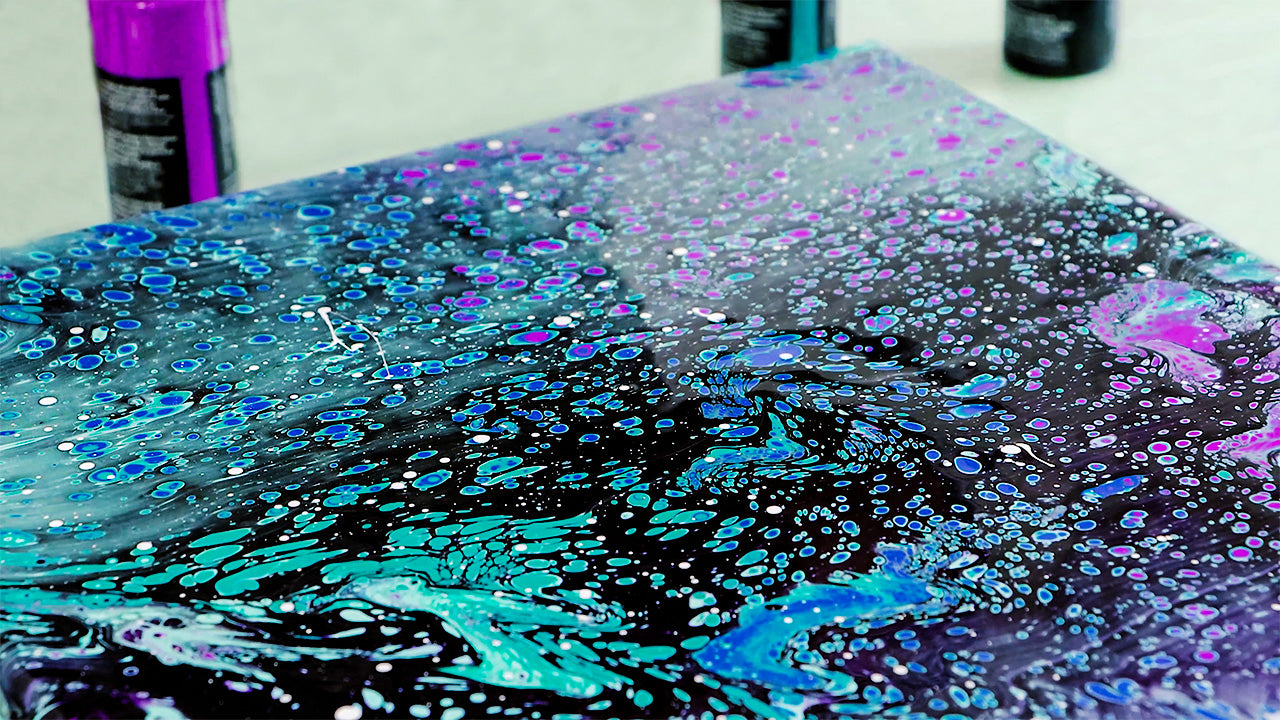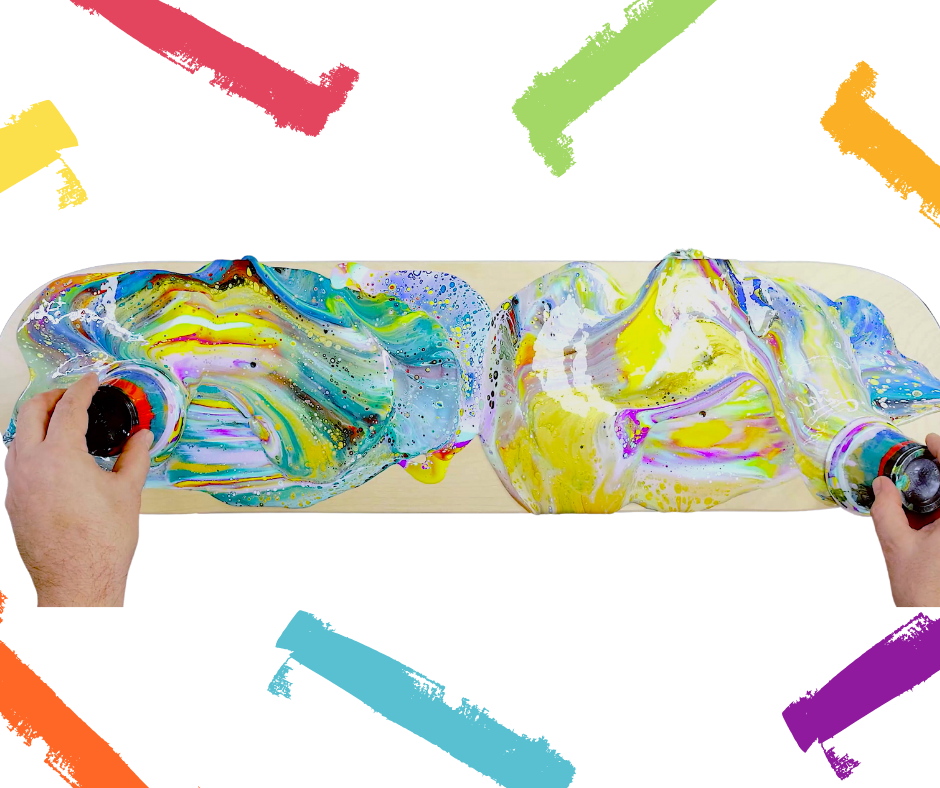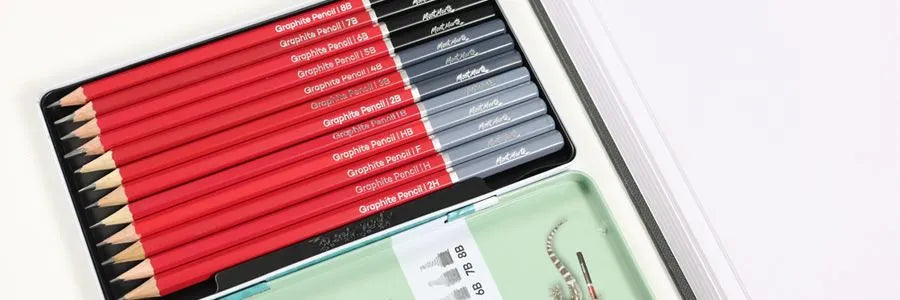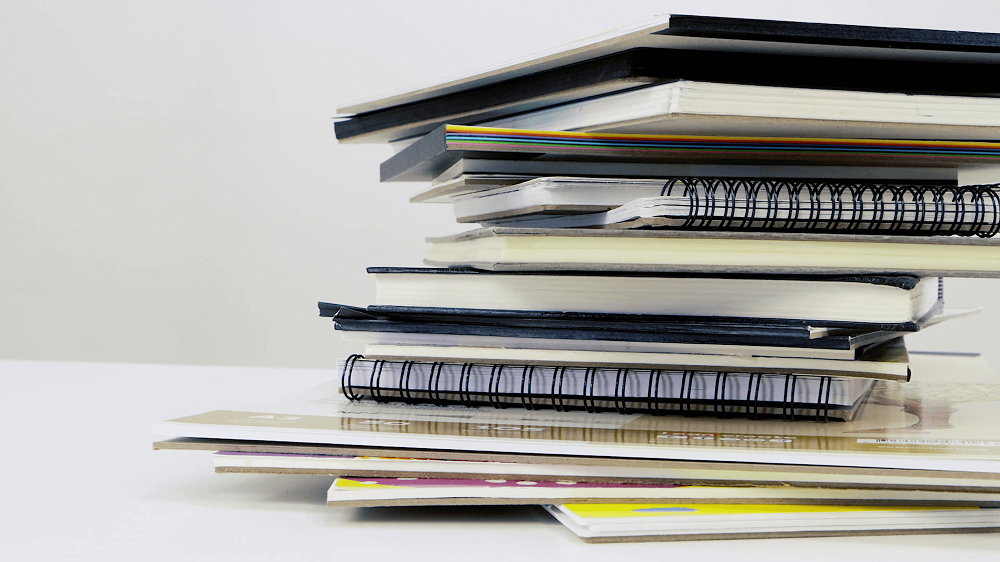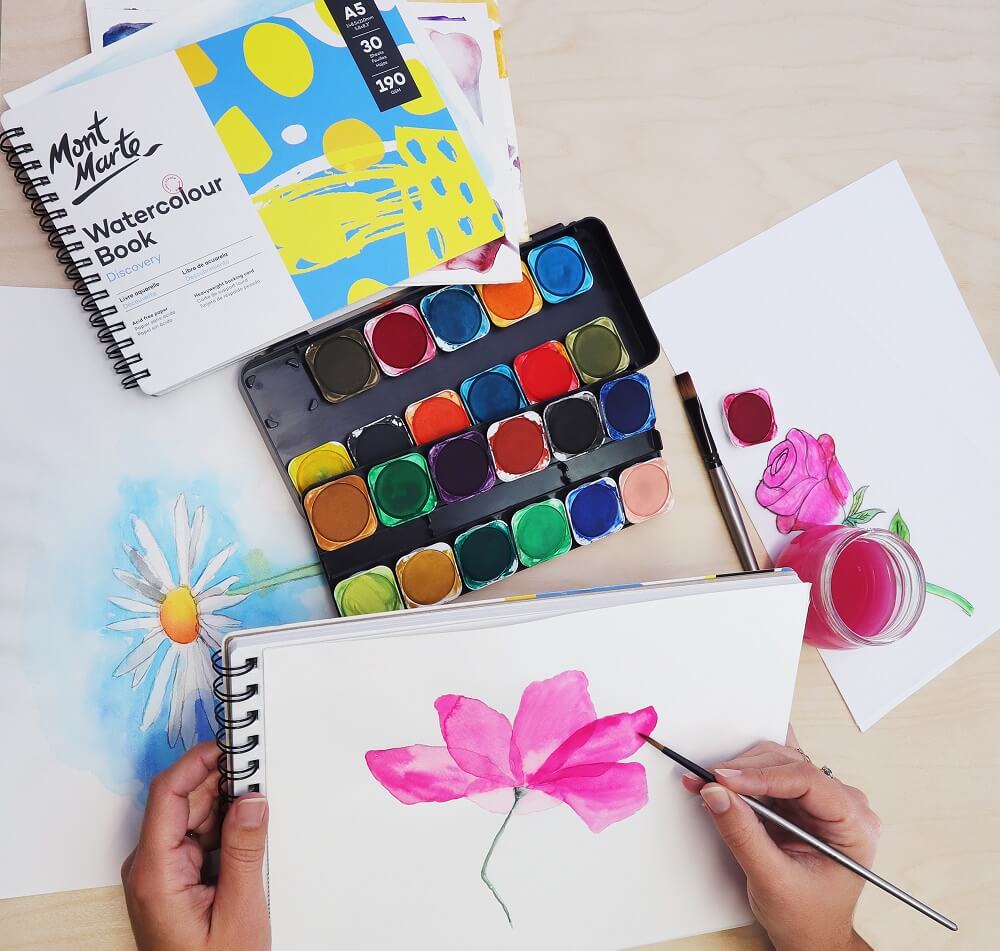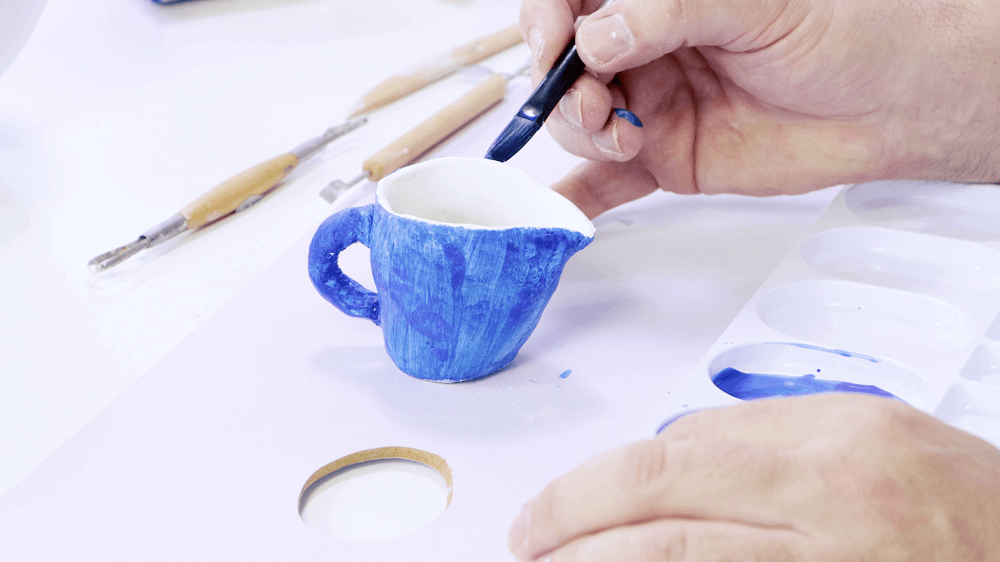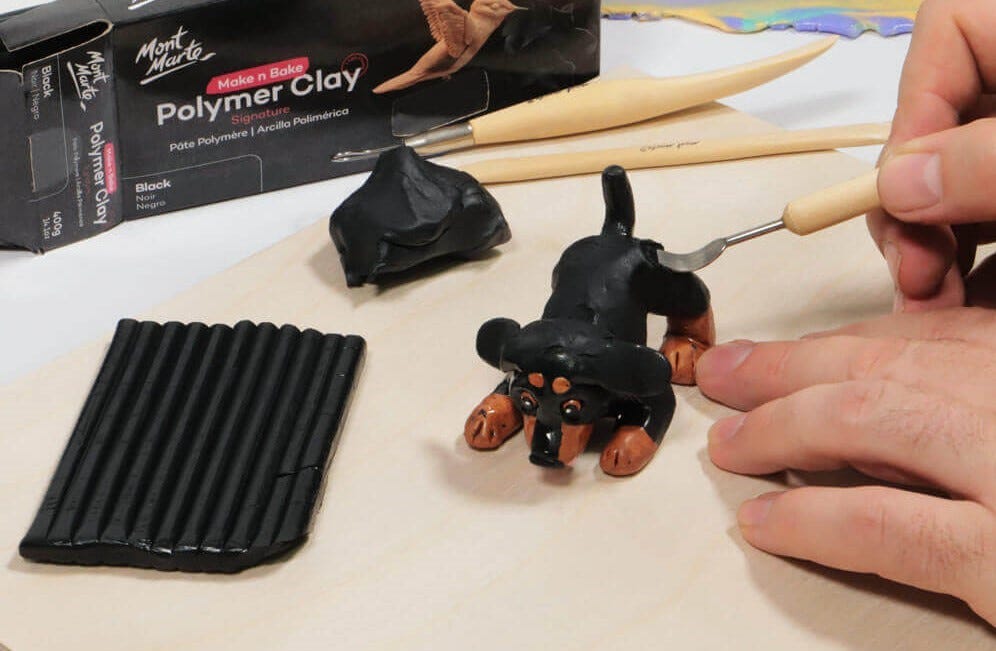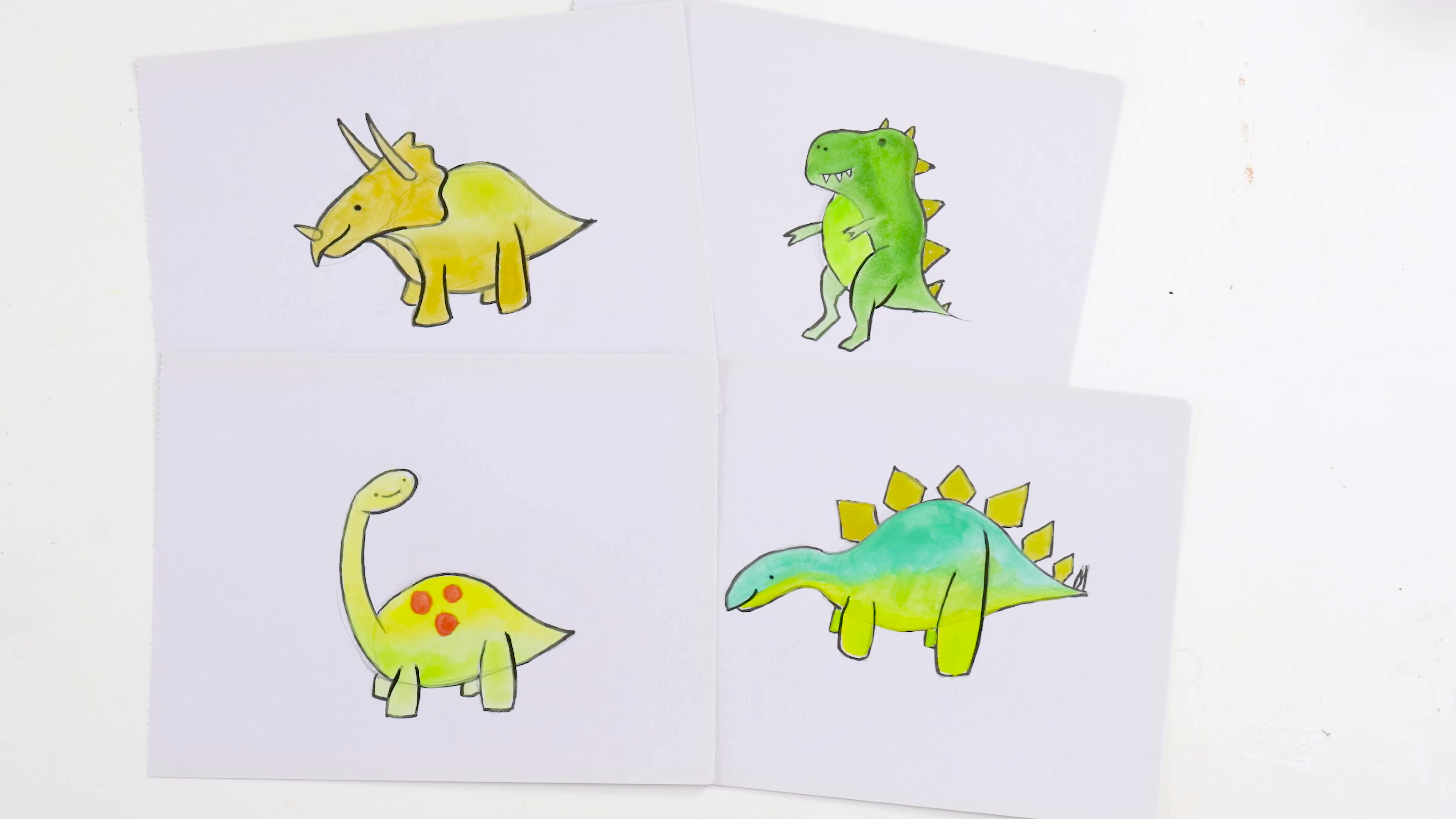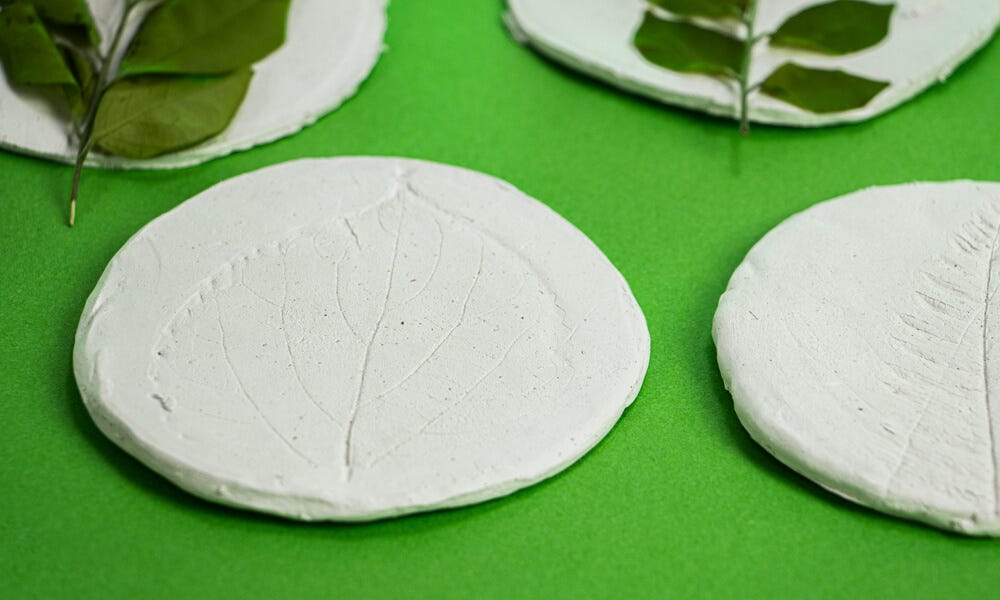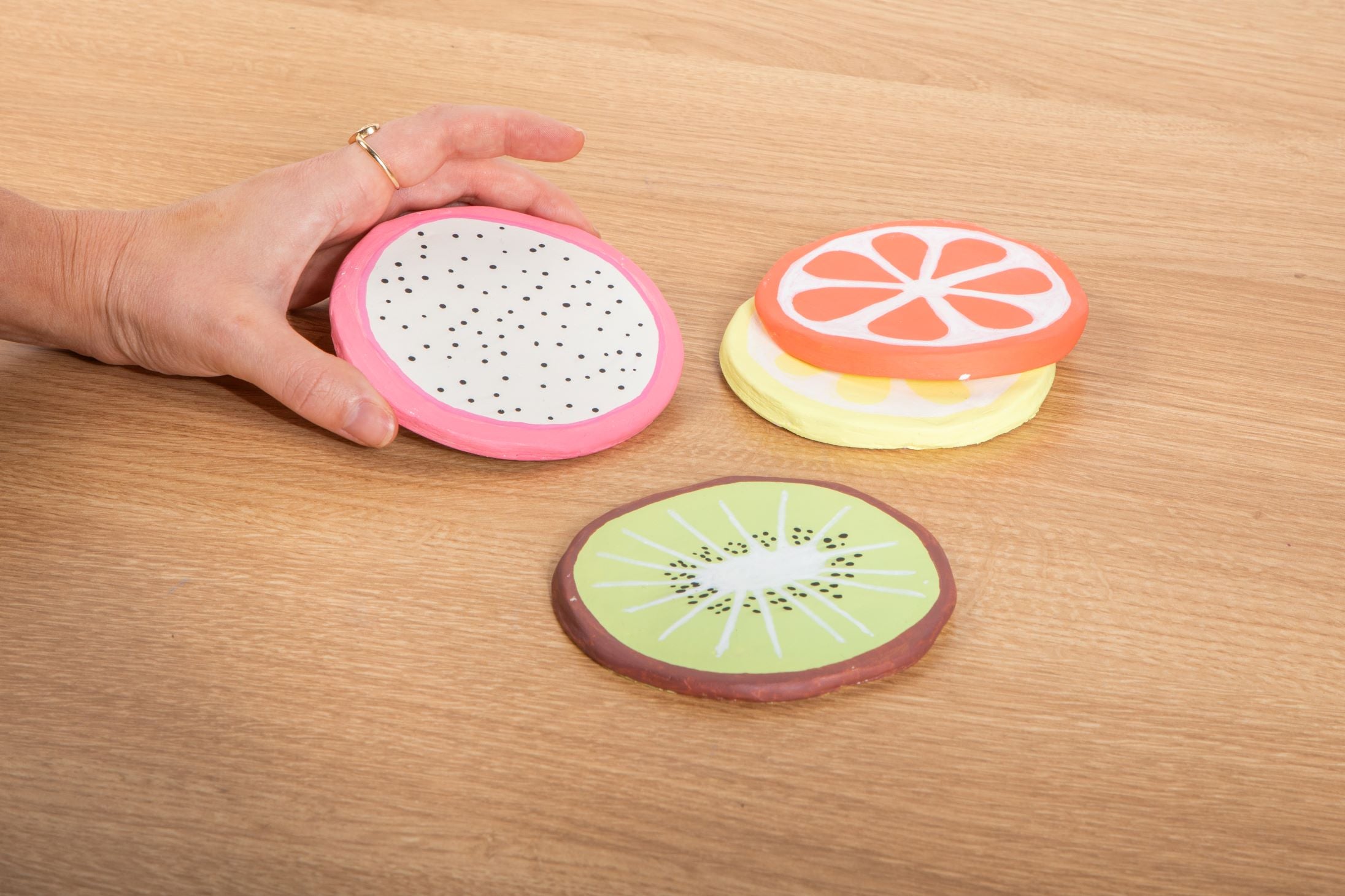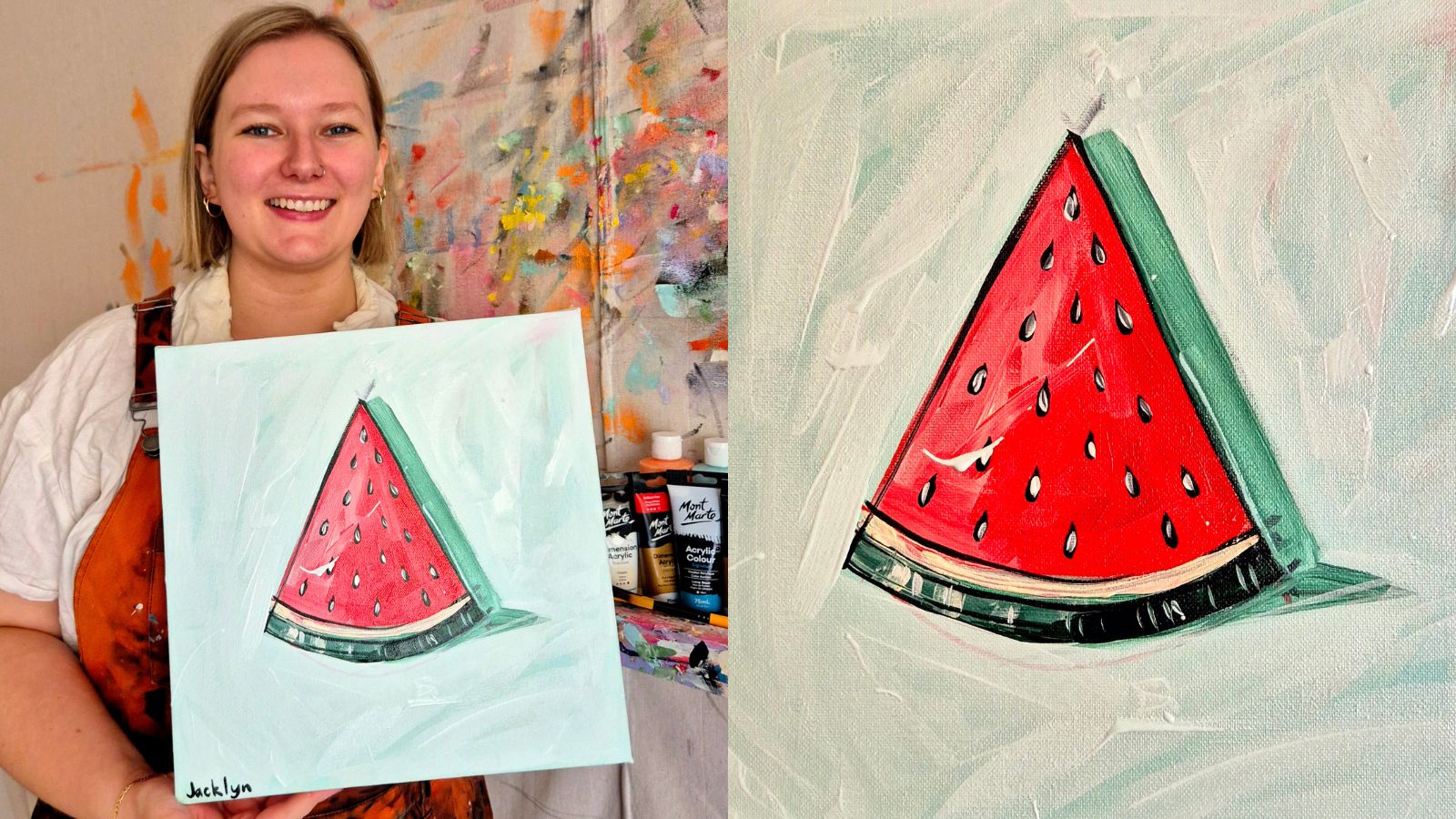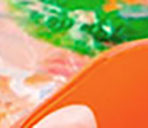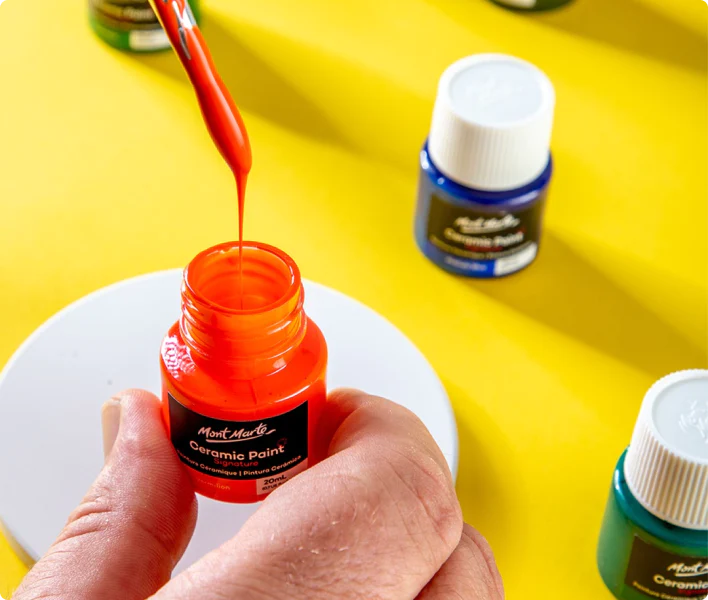Figure drawing is an essential skill for artists, helping you understand proportions, develop movement, and bring your characters to life. Whether you’re just starting out or want to refine your skills, these tips will give you the tools to create figures that are proportionate and lifelike.
1. Figure drawing proportions

Getting proportions right is the foundation of figure drawing. Start with the classic “rule of heads” – the average adult figure is about 6-8 heads tall. Break the figure into sections:
- The head is one unit
- The torso (shoulders to waist) is typically about two or three units
- The legs make up about half the figure’s height
Use these proportions as a guideline while staying flexible – dynamic poses may call for stretching or compressing these rules a little. Practising basic stick figures can actually help you visualise proportions before adding detail, so don’t be afraid to really take it back to basics!
2. Figure drawing shapes

Speaking of basics, before diving into details, build your figure using simple shapes. Break the body into forms like:
- Circles for joints
- Cylinders or oblongs for arms and legs
- Ovals or rectangles for the torso and a triangle for the pelvis
This approach makes it easier to adjust your figure and capture the overall structure. For example, if you’re sketching someone sitting, start with the angle of the torso and the bend of the legs before refining the pose.
Use light strokes for this stage – a HB should be ideal for building up shapes before committing to darker lines.
3. Drawing from a reference

References are one of the best tools for figure drawing, whether it’s a live model, a photo, or a mannequin. Each has its own benefits:
- Live models: Great for capturing movement and form in real-time. Look into local figure drawing classes or ask a friend to pose for you. Focus on getting the shapes and bends to feel natural, rather than the fine details of the portrait.
- Photos: Ultra convenient and means you can work at your own pace. Look for images with clear poses and lighting or take pics of yourself to get the exact pose you’re looking for!
- Mannequins: Handy for experimenting with poses. Mont Marte’s Wooden Drawing Mannequins are great for studying proportions and testing out dynamic postures. We even have one just for hands as we know they’re a little challenging to work out at first! Breaking the figure down into moveable pieces will help you understand how each part connects and works together.
Working from references trains your eye to observe and recreate how the body moves and interacts with light. Don’t feel pressured to copy everything exactly – use the reference as a guide while adding your own flair!
4. Figure drawing challenge

A fun way to practice regularly is by setting challenges for yourself. Social media is filled with drawing challenges, like the “100 Figure Drawing Challenge,” where you draw a new figure each day for 100 days.
Some more ideas include:
- Sketching figures from films or TV shows (pause your favourite scenes for inspiration)
- Creating your own original characters with unique poses and outfits – plus maybe a storyline to go with them!
- Drawing in different time frames, such as 30-second gestures or 10-minute detailed studies
- Taking part in ‘draw this in your style’ challenges on social media, where you draw participating artists’ characters in your own style
These challenges encourage consistency, experimentation, and growth, and they’re also a great way to connect with other artists online.
5. Gesture drawing

Gesture drawing captures the flow and movement of a figure. These quick sketches focus on the pose’s overall energy rather than details, making them ideal for getting used to anatomy and movement.
Set a timer for 30 seconds to two minutes and draw a figure using loose, sweeping strokes. Charcoal can be a great medium for this, as you can smudge and play with the linework to create shadows and movement.
Gesture drawing can be done from life, photos, mannequins, or even memory. Practising regularly helps build confidence in your strokes and creates a deeper understanding of how the body moves.
6. Figure shading

Shading adds depth and realism to your figure drawings. Focus on light and shadow to define the figure’s form, paying attention to key areas like:
- The curve of the spine
- The planes of the face
- Shadows cast under the arms, legs, and chin
Use a single light source at the start to keep things simple, layering your shading gradually so you can make changes as you go. Start with lighter tones and build up darker areas for contrast.
Once you’re used to a basic figure and light source, challenge yourself with multi-directional lighting or draped, flowing clothes. This will further your understanding of light and movement and keep growing your figure drawing skillset!
Figure drawing is more than just a technical skill – it’s learning how to express movement, emotion, and storytelling through your art. By working on proportions, practising gesture drawing, and experimenting with references and challenges, you’ll develop the confidence to bring your figures to life!
So, grab some pencils, pens, and paper, to get sketching asap. The more you draw, the more you’ll see your skills grow! Show us your figure drawing by tagging us on Instagram or Facebook @montmarteart or use #montmarteart. We can’t wait to see what you come up with.
To stay up-to-date with the latest projects, inspo, tips, and tricks, join our Creative Connection community by signing up down below.


